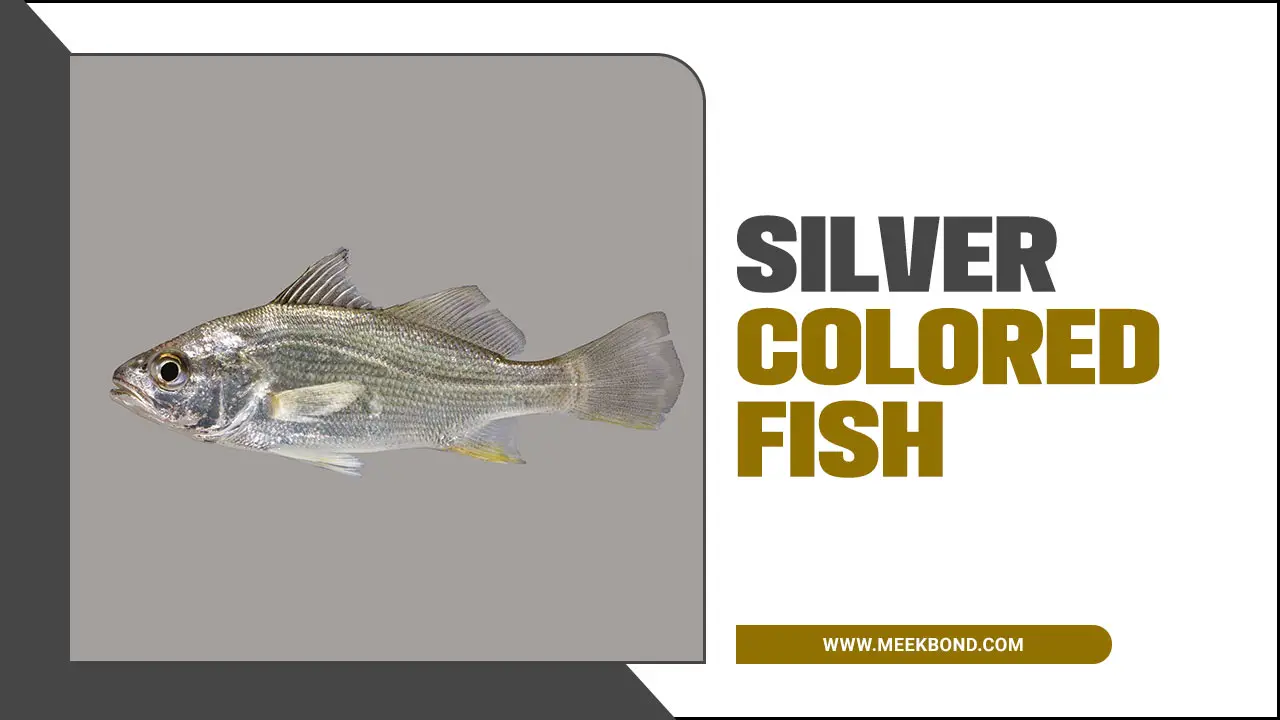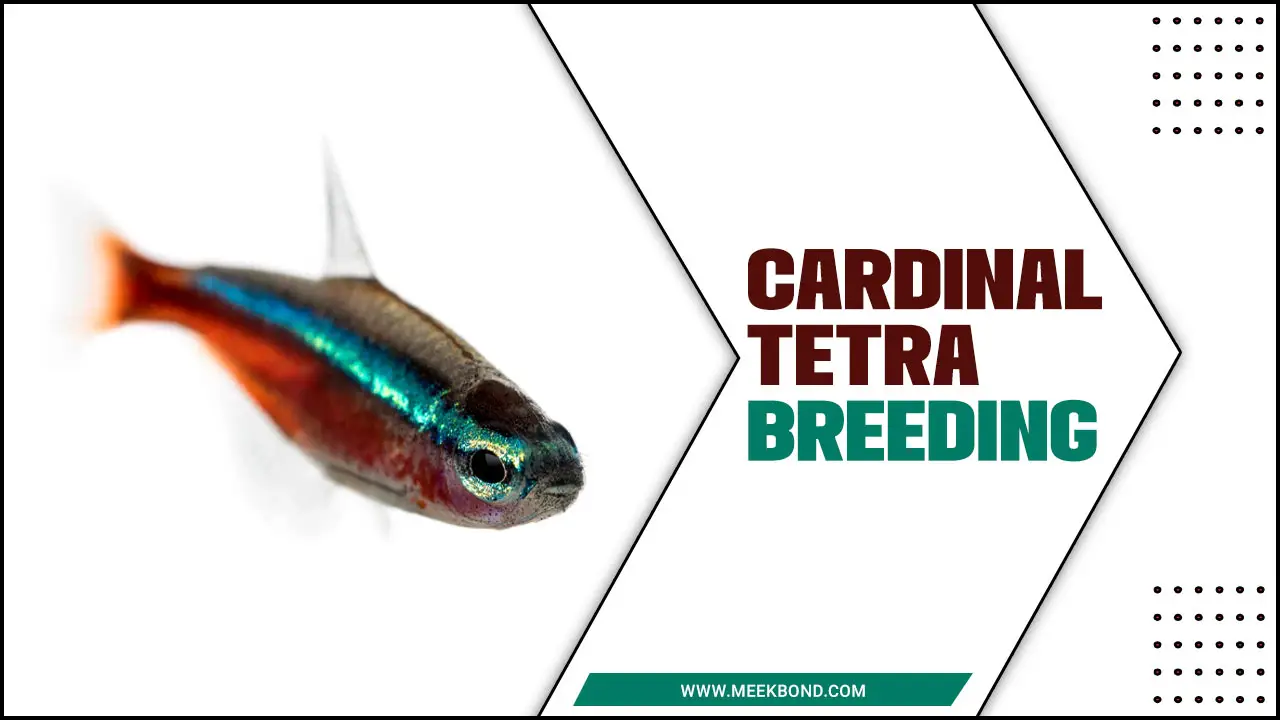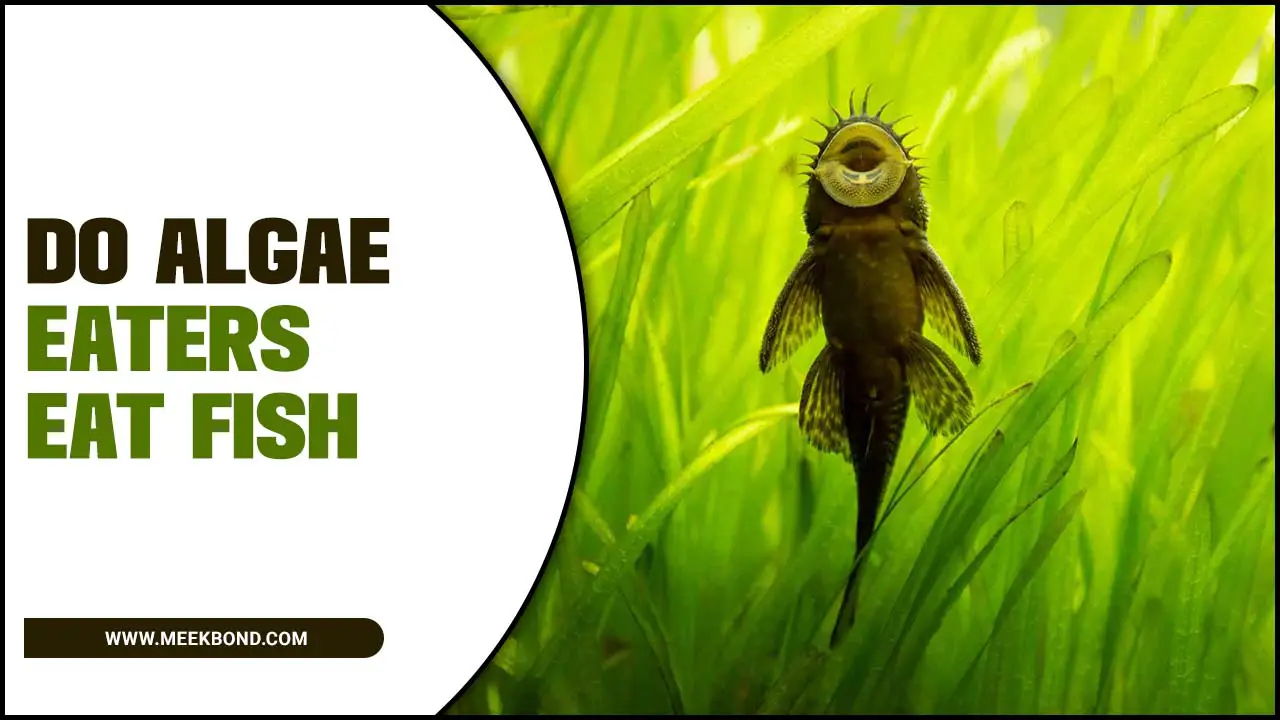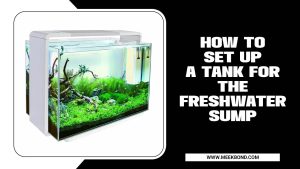Catfish are a type of freshwater fish known for their distinctive appearance and unique behaviour. They have long, slender bodies, broad heads, and whisker-like barbels that give them their name.
These barbels are used to help the catfish locate food in murky waters, as they have poor eyesight. Catfish are opportunistic feeders and will eat just about anything they can find, including insects, small fish, and even plant matter. One interesting fact about catfish is that some species can produce an electric shock.
This shock is used to stun prey or deter predators and is produced by organs located in the catfish’s head called electrolytes. Fishing for catfish in a river can be an exciting and rewarding experience. But with so many different types of catfish and techniques to choose from, it can be overwhelming for beginners.
We will cover everything you need to know about catching catfish in a river. We’ll discuss how to catch catfish in a river, Some of the best lures to use when fishing for catfish in a river. So grab your gear and get ready to catch some big ones.
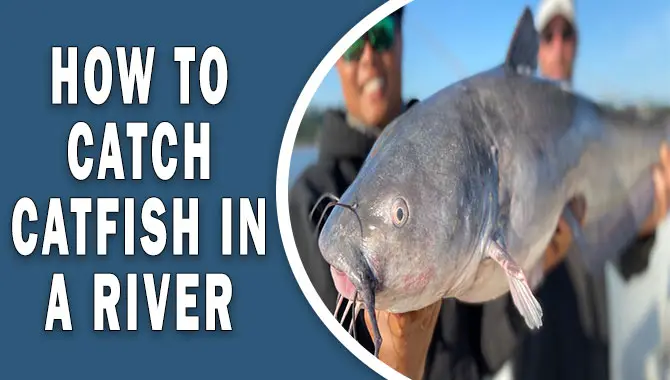
Different Types Of Catfish
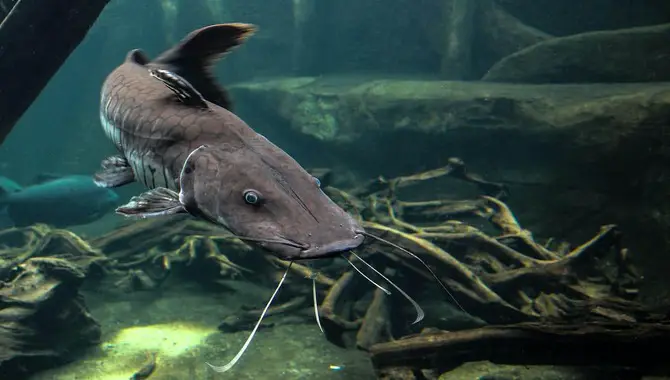
Catfish come in a variety of shapes, sizes, and colors. The most popular types include channel catfish, blue catfish, flathead catfish, and bullhead catfish. People prefer channel catfish for their distinctive forked tails and their ability to thrive in various environments.
Blue catfish are larger and have a bluish-grey colouration with black spots on their body. Flathead catfish typically inhabit rivers and streams and can grow up to several hundred pounds in weight. Finally, bullhead catfish are smaller than other types of catfish and have distinctive barbels on their mouths that they use to sense their surroundings.
Each type of catfish has its unique characteristics and can be found in different habitats worldwide, making them an interesting subject for fish enthusiasts and casual observers.
7 Steps How To Catch Catfish In A River
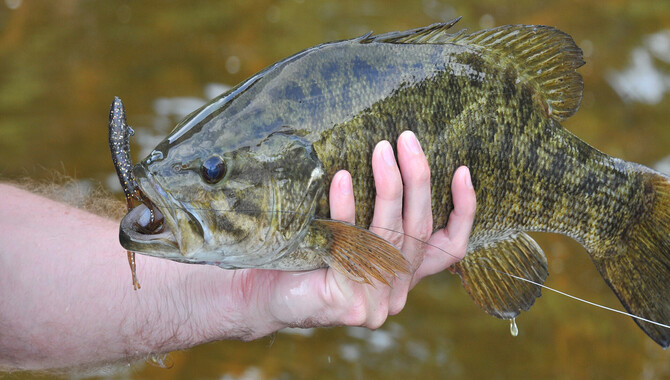
Catching catfish in a river can be a thrilling and rewarding experience for any fishing enthusiast. You can use several techniques to increase your chances of success. One popular method is using live bait, such as worms or small fish, on a hook-and-sinker setup.
Another effective technique is to use stink baits, which release a strong odour that attracts catfish. It’s also important to choose the right location – look for areas with deep pools, undercuts, or log jams where catfish may be hiding. Patience is key when fishing for catfish, so be prepared to wait for them to bite.
Once you feel a tug on your line, set the hook firmly and reel in your catch. With these tips and plenty of practice, you’ll soon become an expert at catching catfish in rivers. Here are 7 techniques on how to catch catfish in a river.
1. Choose The Right Location
Choosing the right location is key to catching catfish in a river. Look for areas with deep pools, structures such as logs or rocks, or areas with current breaks. These spots provide shelter and food sources for catfish, making them more likely to be present. It’s also important to consider the time of day and weather conditions.
Catfish are more active during low-light periods such as dawn and dusk, so plan your fishing trip accordingly. Selecting the right location and timing can increase your chances of landing a catfish in the river.
2. Use The Right Bait
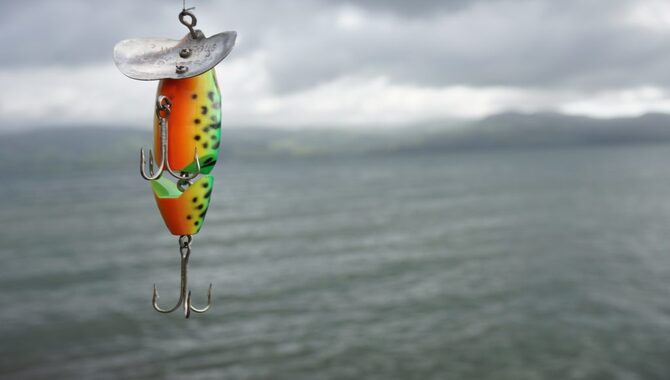
When it comes to catching catfish in a river, using the right bait can make all the difference. Catfish are popular for their love of smelly, strong-smelling baits like chicken liver, stink bait, or even hot dogs. But it’s important to remember that different types of catfish may prefer different baits.
For example, flathead catfish tend to prefer live bait like sunfish or crawdads, while channel catfish may go for worms or cut bait. When choosing your bait, it’s also important to consider the time of day and weather conditions.
Some anglers swear by using fresh-cut bait at night when catfish are most active. Determining which bait works best in your fishing spot may take some trial and error.
3. Know The Right Time To Fish

Knowing the right time to fish can make all the difference in whether or not you come home with a catch. While some fishermen swear by early morning or late evening, the best time to fish depends on various factors, including location, weather, and the type of fish you’re trying to catch.
Generally speaking, many species of fish are more active during dawn and dusk when the water temperature is cooler. However, if you’re fishing in deeper waters, midday may be a better time as the fish may seek relief from the heat closer to the bottom.
Ultimately, it’s important to do your research on the specific conditions and habits of your target species to determine the optimal fishing time for your particular situation.
4. Use A Heavy-Duty Fishing Line
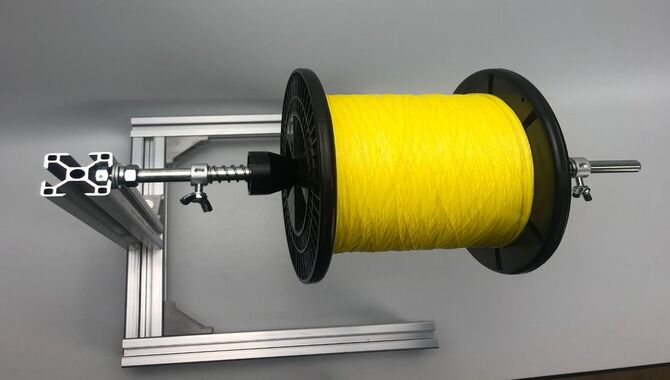
If you’re serious about fishing, using a heavy-duty fishing line is necessary. Unlike regular fishing lines, heavy-duty lines are designed to withstand the toughest conditions and the biggest catches. These lines are made from high-quality materials that are both strong and durable, allowing anglers to reel in even the largest fish with ease.
Also, heavy-duty fishing lines are less likely to break or snap under pressure, which is important when fighting a big fish. Whether you’re out on the open sea or casting a line in a freshwater stream, a heavy-duty fishing line can make all the difference in your success as an angler. So if you want to catch more fish and increase your chances of landing a trophy catch, be sure to use a heavy-duty fishing line on your next outing.
5. Set Your Hook Properly
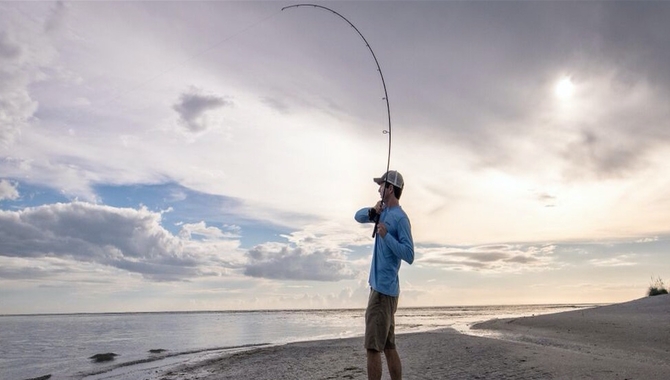
Setting your hook properly is one of the most important skills to master when it comes to fishing. A good hook set means the difference between catching and losing a fish. First, make sure you have a sharp hook.
Dull hooks are more likely to bounce off a fish’s mouth or not penetrate deeply enough to catch hold. Once you feel a tug on your line, quickly jerk your rod upward to set the hook into the fish’s mouth.
Doing this quickly and with enough force to ensure the hook is securely in place is important. Remember, practice makes perfect, so keep practising your technique until you become an expert at setting your hook properly and reeling in those big catches.
6. Practice Patience
When it comes to catching catfish in a river, patience is key. These elusive fish can be found in deep pools, under logs and rocks, and near the shoreline, where there is plenty of cover. To catch catfish, you’ll need to be patient and persistent. Cast your line out into the water and wait for a bite.
The catfish may take some time to take the bait, so be prepared to wait for several minutes or even hours. You can also try using different bait or lures to entice the catfish to bite. Remember, fishing for catfish requires a lot of patience and persistence, but with practice, you can become an expert at catching these elusive fish in no time.
7. Handle With Care
Handle with care is a phrase that should be taken seriously, especially when it comes to delicate or fragile items. Whether you’re packing up your grandmother’s china or transporting expensive electronic equipment, it’s important to take the necessary precautions to ensure that everything arrives safely and intact.
This can mean using protective packaging materials like bubble wrap or foam padding. Securing items in place to prevent shifting during transport and labelling boxes. As fragile so that handlers are aware of the contents inside. By handling delicate items carefully, you can avoid costly damages and ensure that your valuables arrive at their destination in the same condition as when they left.
What Are Some Different Types Of Lures That Work Well For Catching Catfish In A River?
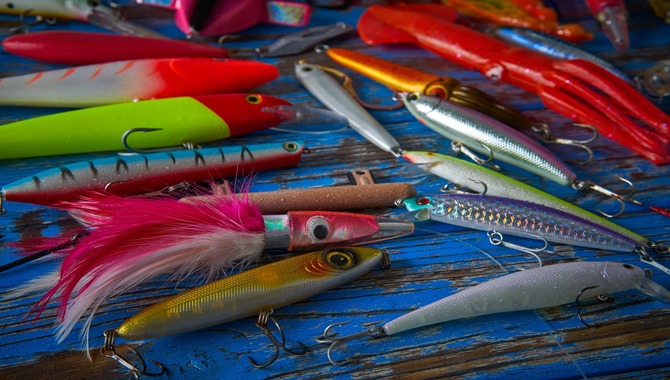
There are a variety of lures that can be effective for catching catfish in a river. Some popular options include jigs, spinners, and live bait such as worms or minnows. Anglers can use jigs in deeper waters and tip them with bait to attract catfish effectively.
Conversely, one can retrieve spinners slowly along the bottom to mimic the movement of natural prey, making them effective in shallower areas. Live bait is also a reliable option, especially for larger catfish that may be more selective in feeding habits.
Ultimately, the best lure will depend on factors such as water depth, current speed, and the type of catfish you are targeting. Experimenting with different lures and techniques can help you find what works best for your particular fishing situation.
Conclusion
Catching catfish in a river can be a thrilling experience for any fishing enthusiast. These bottom-dwelling fish are known for their strength and size, making them a popular catch among anglers. Understanding their behavior and habitat is the key to catching catfish in a river. Catfish tend to hide in deep pools or under submerged structures such as logs or rocks during the day but will come out to feed at night.
You can increase your chances of landing a big catch with the right knowledge, techniques, and lures. Various strategies work well for catching catfish in a river, from night fishing to stinky baits. Different types of lures, such as jigs, spinners, and live bait, can also be effective.
By learning about the behavior and habitat of catfish, you can increase your chances of a successful catch. Whether you’re a seasoned angler or just starting out, there’s always something new to learn about how to catch catfish in a river.
Frequently Asked Questions
What To Look For When Catfishing Rivers?
When catfishing in rivers, search for deep areas like bends, drop-offs, and structures such as logs and rocks where catfish may hide. Pay attention to currents and fish during low-light periods for better results.
What’s One Of The Best Parts About Catfishing?
One of the best parts about catfishing is the excitement and anticipation of feeling a strong tug on your line and reeling in a big catch. It’s a thrilling experience that can be enjoyed by anglers of all skill levels.
What Size Of Catfish Is Too Big To Really Enjoy Eating?
The ideal size of catfish for consumption varies from person to person, but typically, those over 10-15 pounds may have a stronger and more “gamey” flavour. Smaller catfish tend to be sweeter and more tender. Always check local regulations for size limits before keeping any catch.
Is It Possible To Catch Catfish In A River Without Using Any Kind Of Bait?
Catching catfish in a river without bait is highly unlikely, as they are scavengers and won’t bite on a bare hook. Worms, stink bait, chicken liver, and shrimp are common catfish baits. Experiment with different types of bait to find what works best for the specific river and catfish species.
What Kind Of Bait Should I Use When Fishing For Catfish?
When fishing for catfish, use bait like worms, chicken liver, or stink bait. Live bait, such as minnows or small fish, can also be effective. Cheese and dough baits are worth experimenting with too. Test different baits to find what works best in your specific fishing location.

Aquarium passion is all about connecting with the aquatic life and providing education to the public on the importance of these creatures. We showcase a wide variety of marine life through our exhibits as well as working with schools to provide unique learning opportunities for students of all ages.

